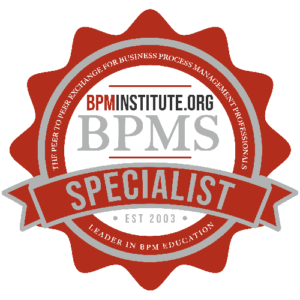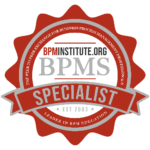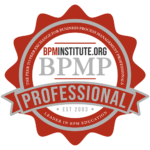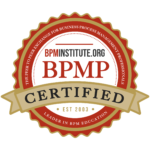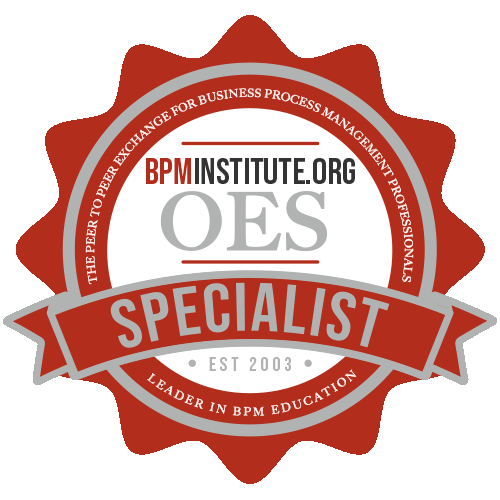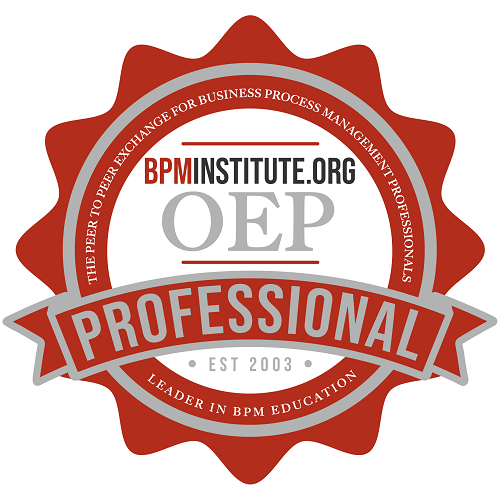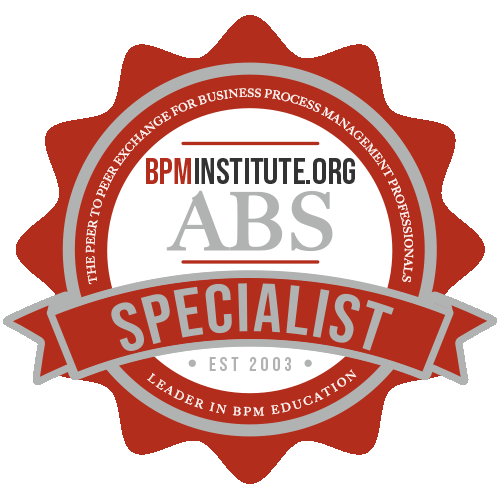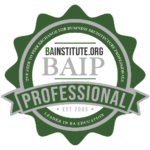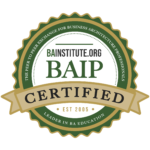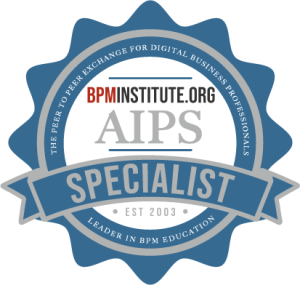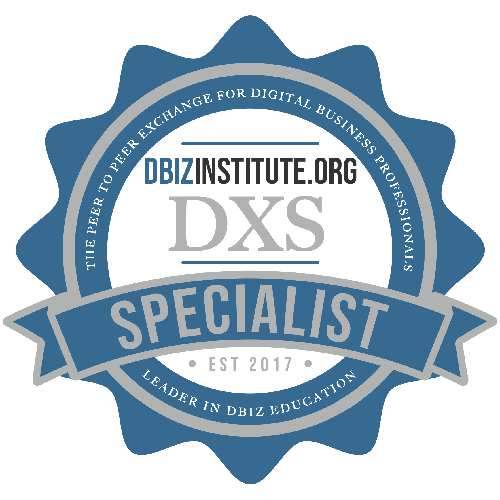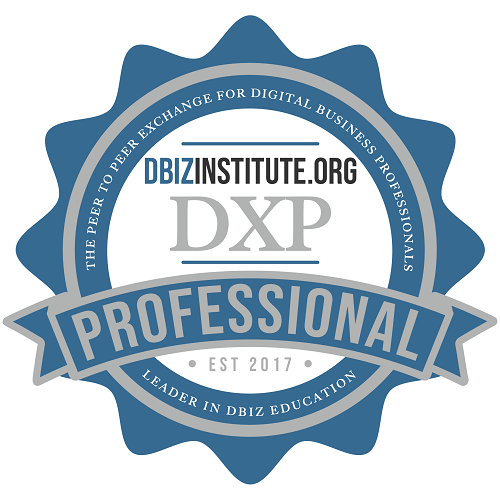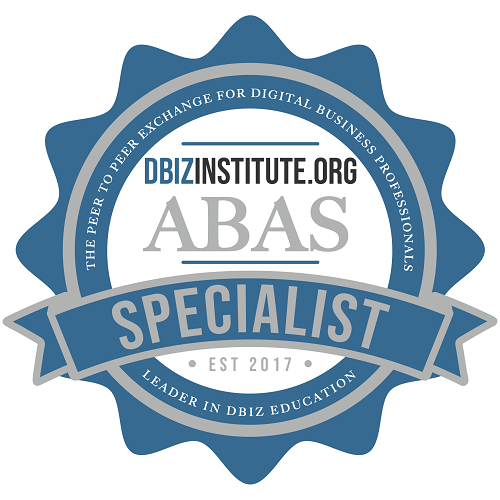Bill Chambers focused on the current state of Business Process Management at the recent BrainStorm BPM conference in Chicago. Chambers covered the vendors and how they are increasing functionality and value for their products. The promise of improving efficiency and leveraging existing systems is being met and exceeded.
Bill Chambers is a principal analyst at Doculabs, a technology consulting firm that lowers the business risk of technology decisions through client-specific recommendations, objective analysis, and in-depth research. Chambers has 20 years of experience providing analysis and consulting, with expertise in business process management, content management, customer service, marketing automation and other emerging business technologies. Chambers works with Fortune 1000 clients to identify the most appropriate technology solutions for their applications. He also designs and conducts evaluations of relevant solutions through Doculabs’ technology assessment evaluations. Chambers has co-authored articles on technology issues for publications including InformationWeek and Transform.
Doculabs defines BPM as: ” a frameworks used to develop, deploy, monitor, and optimize multiple types of process automation applications – including process – that involve both systems and people.”
Chambers related that he has heard it said that BPM is not a technology problem. This is wrong. BPM is a major technology problem. But fixing the problem requires that the strategic business drivers are in place to implement the technology. BPM acts as a framework, a single platform, within which the work of the business can take place. The emphasis has been on workflow, but increasingly monitoring and continuous process improvement are major parts of the picture.
Key BPM characteristics include:
- Process application design and development environment
- End-to-end transaction management
- Support for multiple integration services
- Support data aggregation and transformation
- Support for content management functionality
- Business Activity Management (BAM) including process monitory, analytics, and simulation components
- An architecture that supports high performance, scalability, and embedded failover/reliability functionality
- Providing template applications with pre-built components.
All business need basic processes which include the business rules, roles, reports, integration, components, client interfaces, and best practices. These processes can be used to make any business more efficient. BPM supports EDMS/workflow, application servers, rules engines, development platforms, and integration servers. The vendor landscape for these specialties are:
- EDMS/workflow: FileNet, Handysoft, Identitech, Metastorm, Ultimus, Staffware
- Application Server: BEA, IBM, Microsoft
- Rules Engines: Blaze, ILOG, Pegasystems
- Development Platform: Fujitsu, Intalio, Quovadx, Savvion, Versata
- Integration Server: Fuego, SeeBeyond, TIBCO,. Vitria, webMethods
All of the above companies are enhancing their products for more functionality with increased integration and better application functionality. The trends are for increased adoption of BPM as an enterprise process management platform with major enhancements in monitory, analytics, and simulation. Process and content-focused portals are being developed, and the application server vendors will provide a single platform for BPM, application development, and integration services.
To create a BPM strategy methodology for your company, seven steps need to be followed. These are:
- Current state assessment
- Enterprise requirements definition
- Conceptual design, reference architecture
- Deployment strategy
- Candidate solution assessment
- Selection process
- Prototype and pilots
To discover the current state of your business, you need to delineate your business and IT goals for the project first. Data needs to be collected for defining the requirements and documenting the current process and problems. To do this, look at your data, documents, processes, tools and users. Use existing documentation, interviews, and surveys to establish the current and future IT standards and plans. Focus on all process management applications including ERP, CRM, document management, STP, and workflow. Senior management needs to be interviewed along with, IT, LOB, and other affected parties both internal and external – from the top to the bottom. This will define your enterprise requirements definitions.
After the enterprise requirements definitions have been completed, conceptual design and reference architecture are tackled. The objectives here are to identify a conceptual design that identifies the key components required to meet the enterprise requirements and their relationship to the current system including STP, manual workflow, business rules engine, and BAM. The BPM reference architecture needs to be developed along with cases for high-priority BPM applications. The organizational readiness to support the reference architecture needs to be assessed at this time.
Recommendations for a forward strategy are:
- Gain both business and IT sponsorship
- Identify the business-critical BPM application pilot
- Identify high-priority requirement for current and anticipated BPM applications
- Categorize requirements into key areas: STP – document lifecycle management, case management, customer services, ERP
- Evaluate all existing workflow components/solutions
- Optimize the tools and relationships you already have in place
It is important that a critical business issue that is key to the company is chosen. Without this it is difficult to get support for a BPM project initiative if there aren’t concrete goals and objectives that need to be met. Chambers said it isn’t easy to show all the participants in a process how BPM improvements will help them and the company. Without their support, everything becomes much more difficult. This is why an organizational readiness assessment needs to be made.
BPM software is rapidly increasing in functionality and promise, and it works well right now. That is why BPM is such a high priority for organizations focusing on improving efficiencies and leveraging existing systems.



